The dragon is a mythical creature often depicted as a giant, winged reptile and is often considered a symbol of fire. Dragons play an important role in many cultures and are seen as symbols of strength, wisdom and luck. In Chinese culture, the dragon is one of the most common mythical animals and is regarded as a symbol of monarchy and a symbol of the country. Traditionally in China, dragons are regarded as representatives of gods, emperors, and heroes, possessing great power and extraordinary wisdom. In addition, in East Asian cultures, the dragon is also considered a symbol of rain, as it is believed to bring rain and irrigate farmland.
In European culture, dragons are often depicted as fearsome monsters, although some cultures view them as guardians or protectors. In medieval legends, warriors often fought against dragons and attempted to seize their treasures. Overall, the dragon is a multi-faceted image that plays different roles and meanings in different cultures and legends. There are many types of dragons. Do you know which are the most powerful dragons in ancient times? This article takes stock of the top ten divine dragons in ancient times, including Zhulong, Yinglong, Qinglong, Canglong, Qiu, Fire Dragon, Black Dragon, Yulong, Yunlong, and Panlong. Let’s take a look at their special features.

1. Candle Dragon
Zhulong, also known as Zhuyin and Huojing, is the god of Zhongshan in ancient Chinese mythology. According to the "Shan Hai Jing", Zhulong is an image with a human face and a snake body. It is red in color and is thousands of miles long. When you open your eyes, it will be daytime. When you close your eyes, it will be daytime. The eyes are night, the inhalation is winter, the exhalation is summer, and it can control the wind and rain. It does not drink water or eat, and it does not sleep or rest. It is also said that when the earth was in chaos, it came to the Heavenly Palace with the "fire essence" in its mouth, and raised the "fire essence" high in the dark gate of heaven in the north. The bright light instantly illuminated the earth and shone into the dark nine springs. Down. Therefore, people also call Zhulong the god of creation, and he is as famous as Pangu as the god of creation.
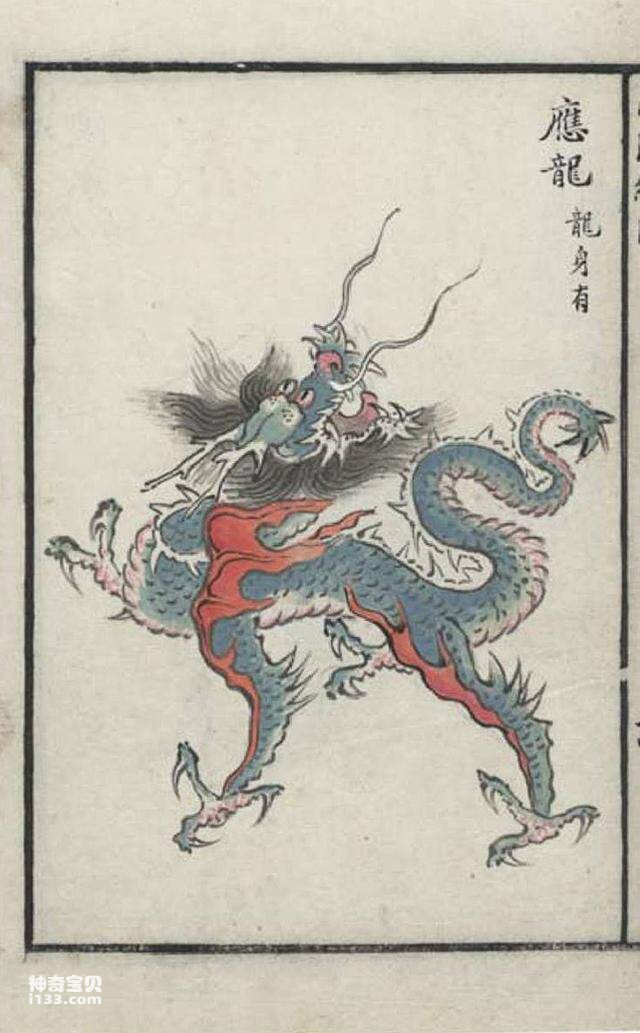
2. Yinglong
Yinglong is a mythical beast in Chinese legend, also known as "Zhufeng", and plays an important role in many cultures and legends. According to legend, Yinglong looks like a snake and can fly. It has two wings and is covered with feathers. Yinglong is often depicted as being very fast and agile, able to move through the air with ease, and able to control the power of weather and wind. In ancient Chinese culture, Yinglong is one of the four spirits, representing the East and is often regarded as the patron saint of agriculture. When farming in the fields, people would pray to Yinglong for good weather and good weather. In addition, Yinglong is also considered to be the emperor's mount, which has a strong symbolic meaning of authority. In modern culture, Yinglong is often used as a decorative or design element. For example, Yinglong patterns and sculptures can be seen in Chinese architecture and artwork. Overall, Yinglong has important historical and cultural value in Chinese culture.
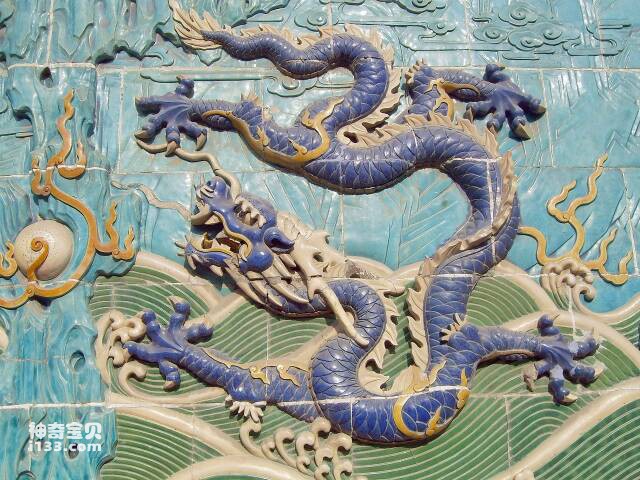
3. Qinglong
The green dragon is one of the four mythical beasts in Chinese legend, representing spring and the direction of the east. It is usually described as a huge dragon with five claws, a blue or green body, and possessing great strength. In ancient Chinese culture, the green dragon is one of the most important symbols. According to legend, Qinglong is one of the mythical beasts that created the world in ancient Chinese legends. It represents a positive, righteous and brave image. At the same time, the blue dragon is often used as a symbol of the emperor and royal power, so it often appears in many ancient buildings, sculptures or artworks. In addition to its place in Chinese culture, Qinglong also appears in the culture of countries such as Japan and South Korea, where it is considered a god who protects agriculture and water conservancy. In general, the blue dragon has a profound historical and cultural heritage in East Asian culture and is regarded as a mythical beast of great significance.
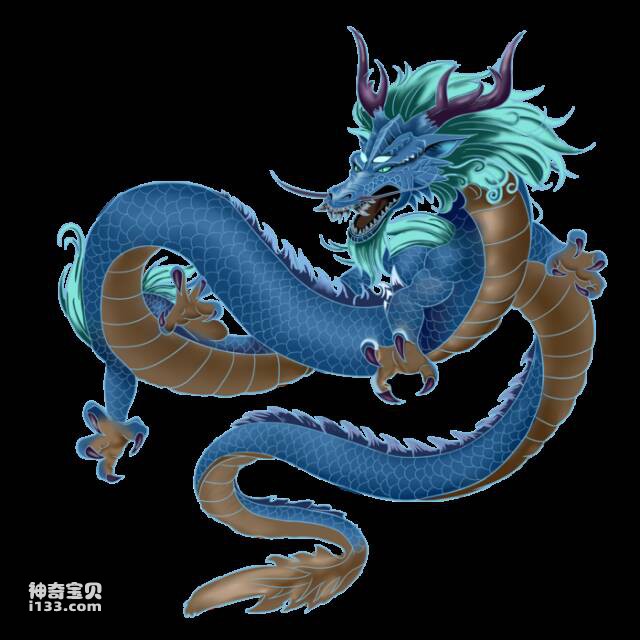
4. Canglong
According to legend, Canglong is the mount of the mythical figure Fuxi, representing spring and the east direction, and is also one of the four mythical beasts. In ancient Chinese culture, the Canglong was considered a mythical beast that protected the empire, and its image was often used to represent imperial power, majesty and authority. Like other dragons, the Canglong is generally regarded as a symbol of good fortune, longevity and happiness in Chinese culture. Therefore, in many occasions, such as weddings, celebrations and other activities, the image of Canglong is often used as a decoration or the theme of artwork. Overall, Canglong has important historical and cultural value in Chinese culture. It not only represents imperial power, authority and majesty, but is also regarded as an auspicious symbol and is closely related to China's traditional culture and values.
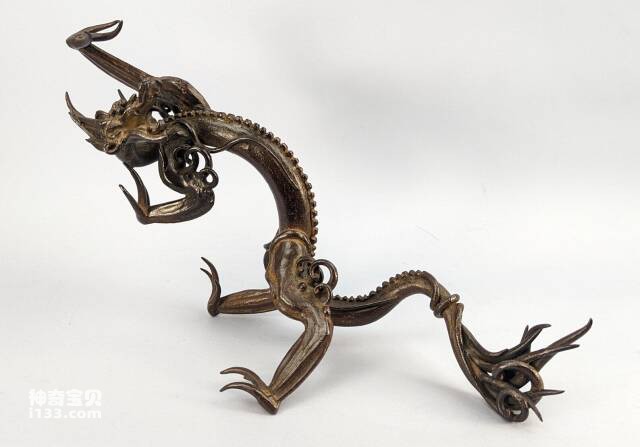
5. Qiu
The Qiu is a mythical beast in Chinese legend, usually depicted as a giant dragon with long beards and sharp claws. Its image is similar to a dragon in many aspects, but the Qiu is more slender than the dragon, and its body has many curled corners. In ancient Chinese culture, the Qiu is usually regarded as one of the auspicious symbols, representing longevity, good luck and happiness. In ancient architecture and artwork, the image of the Qiu is often used as a decorative element. For example, Qiu heads were built under the eaves of ancient palaces to protect the palace from evil spirits. In addition, the Qiu is also considered to be a mythical animal that can ward off evil spirits and avoid disasters, and can protect people from evil and misfortune. Therefore, in many traditional festivals or celebrations, the image of the Qiu is often used as a mascot or an important element in the ceremony. Overall, the Qiu has important historical and cultural value in Chinese culture and is regarded as an auspicious symbol, representing longevity, good luck and happiness.
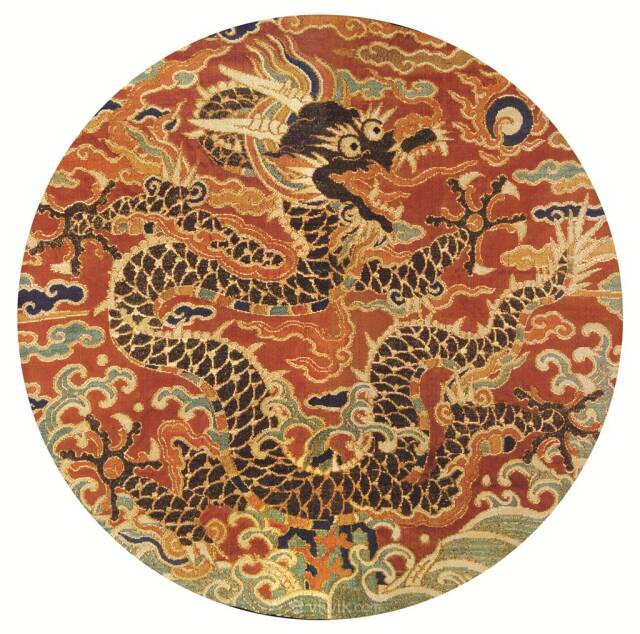
6. Fire Dragon
The fire dragon is a mythical beast in Chinese legend, usually depicted as a dragon with red or orange scales that breathes fire. They have a slender body, a pair of horns standing on top of their heads, and sometimes two pairs of wings. In our traditional culture, the fire dragon is usually regarded as a symbol of hot summer. It is believed that fire dragons can regulate the temperature by breathing fire, making the weather more pleasant. In addition, the fire dragon is also considered to be a mythical beast in charge of the fire element, able to control and balance the power of fire. Fire dragons play an important role in many traditional festivals and celebrations. For example, during the Spring Festival, the image of a fire dragon often appears in dragon and lion dance performances. People believe that by dancing and playing percussion instruments, the fire dragon can be awakened and pray for good luck and happiness in the new year. Overall, the fire dragon has important historical and cultural value in Chinese culture and is regarded as a symbol of passion, courage and strength.
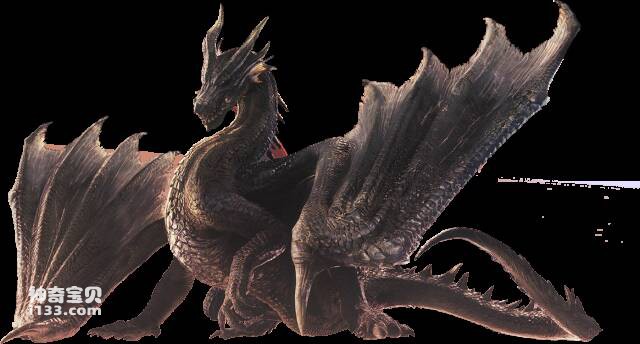
7. Black Dragon
The black dragon is also known as the Black Dragon or the Black Dragon. It is one of the four mythical animals, representing autumn and the west direction. Usually depicted as a giant dragon covered in black scales, with five claws and possessing great strength and abilities. In ancient cultures, the black dragon was often seen as a symbol of the balance of yin and yang, representing darkness, mystery and depth. In addition, it is also considered a mythical beast related to death and the underworld, and often appears in many sacrificial rituals. Like other dragons, the black dragon is widely regarded as a symbol of good luck in our culture, representing good luck, longevity and happiness. Therefore, the image of the black dragon has been widely used in many decorations, works of art and architectural designs. In general, the black dragon has important historical and cultural value in Chinese culture. It is regarded as a mysterious and sacred beast, representing the dark and mysterious side.
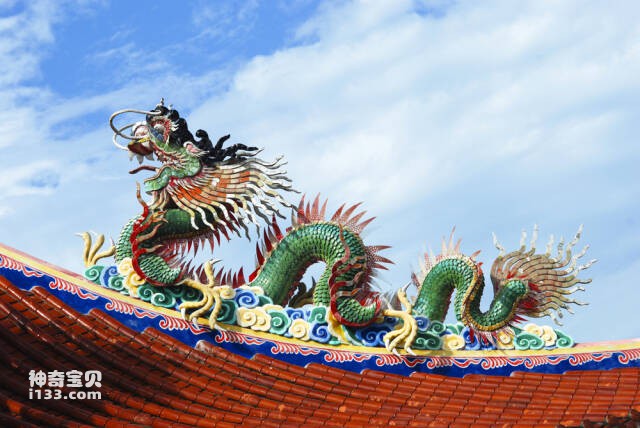
8. Yulong
The Rain Dragon is also known as the Dragon King, Rain Master, etc. It is usually depicted as a dragon with the power to control the sky and rain. According to legend, the rain dragon can regulate weather and rainfall by spitting water drops or controlling thunder and lightning. In ancient Chinese culture, people often regard the rain dragon as the patron saint of agricultural production, because the rain dragon can provide moisture to crops and ensure a bumper harvest. In addition to controlling weather and rainfall, the Rain Dragon is also considered a very powerful mythical beast with many mysterious powers and abilities. For example, it is believed to be able to predict future weather, protect the safety of maritime navigation, and even influence human emotions and thoughts. In general, the rain dragon is considered an important mythical beast in Chinese culture and has profound historical and cultural value. It not only represents weather, nature and harvest, but also symbolizes mystery and power.
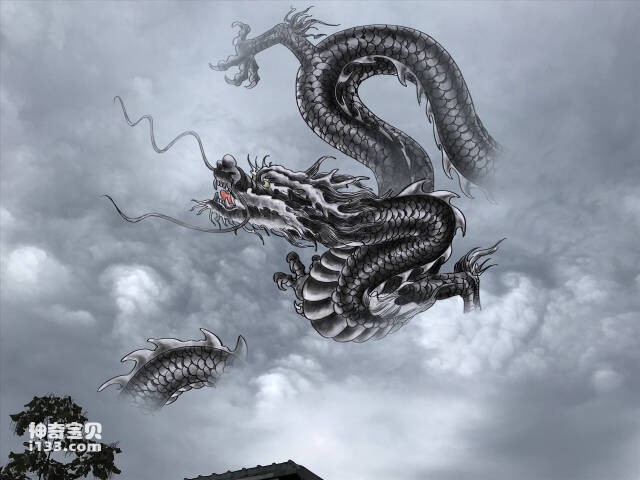
9. Yunlong
Yunlong is also known as Neon Dragon or Flying Dragon. It is usually depicted as a dragon capable of flying freely in the air, with a blue or green body and curved horns. In ancient Chinese culture, Yunlong is usually regarded as one of the symbols of auspiciousness, representing good luck, happiness and longevity. At the same time, Yunlong is also considered to be a mythical beast related to the sky and the atmosphere, and can control natural phenomena such as wind, rain, clouds, etc. Therefore, in many festivals and celebrations, people will use the image of Yunlong to pray for good weather and a good harvest. In addition to its status in Chinese culture, Yunlong also appears in East Asian cultures such as Japan and Korea. For example, in traditional Japanese culture, Yunlong is considered a mythical beast that protects towns and villages, can drive away evil spirits and evil spirits, and protect people's safety and happiness. In general, Yunlong has profound historical and cultural value in East Asian culture. It is regarded as a mysterious and sacred beast, representing good luck, happiness and longevity.
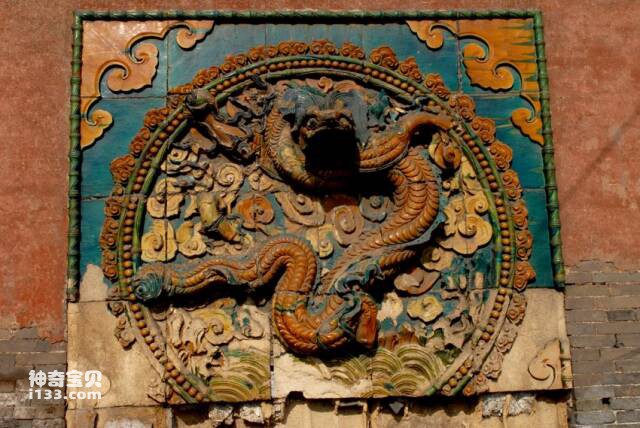
10. Panlong
Panlong is also called Wolong. It is usually depicted as a dragon with an undulating body and a shape resembling an oolong. In ancient Chinese culture, the dragon is regarded as a symbol of nobility and royalty, representing power, majesty and dignity. Therefore, in many ancient buildings and artworks, people often use the image of the dragon to show the glory and power of the nobility. In addition to symbolizing power and dignity, the dragon is also considered a mythical beast related to the ocean and can control natural phenomena such as tides and waves. According to legend, the dragon will move forward with the changing tides, protect the safety of maritime navigation, and can predict future weather and major floods. In general, the Panlong has important historical and cultural value in Chinese culture and is regarded as a majestic, noble and mysterious mythical beast. It also represents the power of natureThe dynamics of oceans and currents are an integral part of our culture.
The list of the top ten dragons in ancient China is for reference only. If you have better suggestions for this list, please leave a message. Thank you ~
animal tags:
We created this article in conjunction with AI technology, then made sure it was fact-checked and edited by a Animals Top editor.